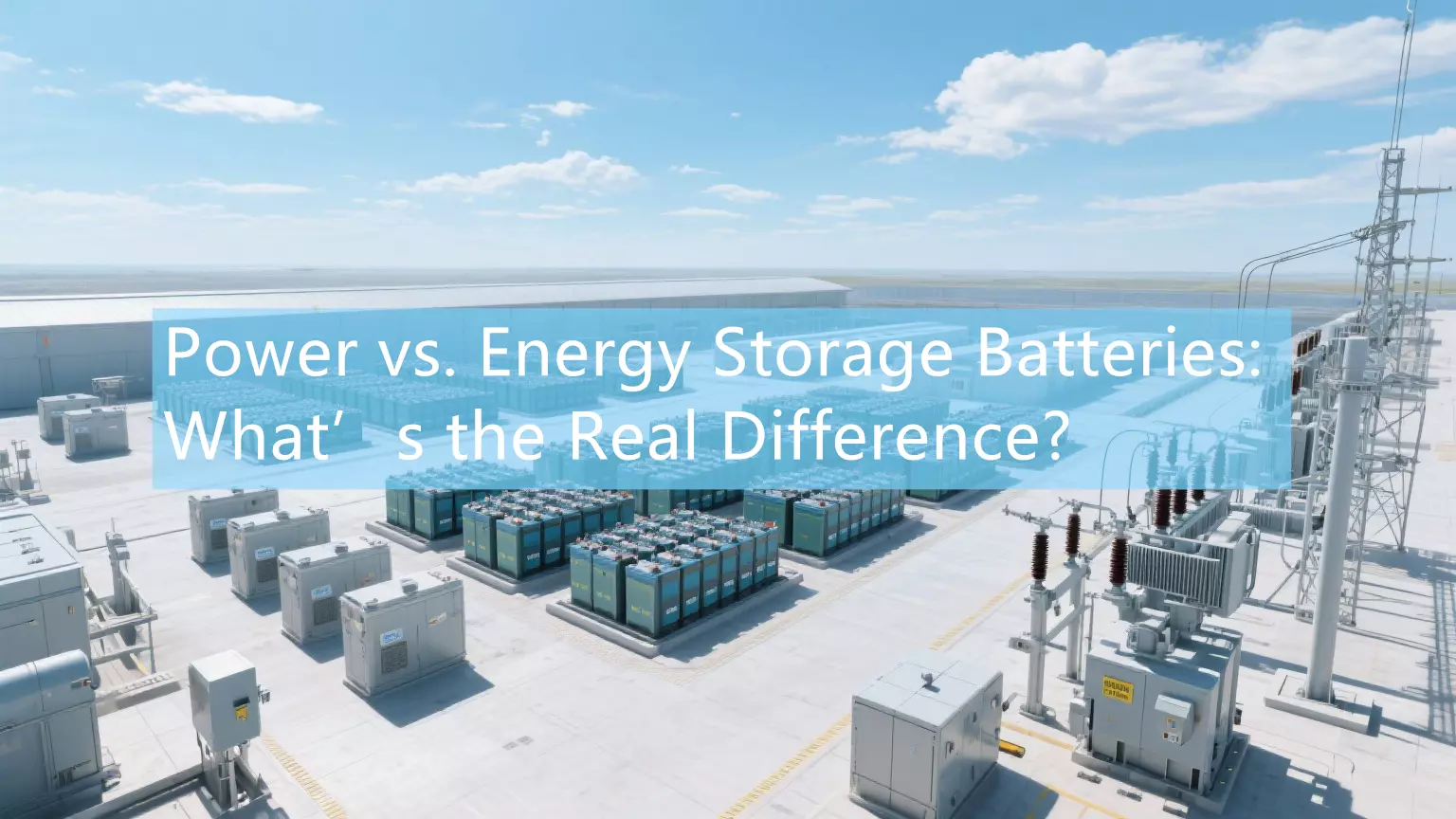Solar Lithium Batteries: The Smart Energy Core of Tomorrow
As world demand for clean, decentralized power grows, solar lithium batteries have emerged as the spine of cutting-edge strength systems. They combine the sustainability of solar photovoltaic power with the efficiency and longevity of lithium storage—making them critical for both off-grid independence and grid-connected optimization.
From homes and telecom stations to EV infrastructure and critical business loads, solar lithium batteries are redefining how we store, manage, and use solar energy.

The Rise of Lithium in the Solar Age
The surge in solar adoption—fueled by plummeting panel prices and global climate goals—has shifted attention to storage. Solar power is intermittent; without batteries, surplus energy is wasted and nighttime demand goes unmet.
Lithium batteries, especially LiFePO₄ (Lithium Iron Phosphate), are now preferred over lead-acid due to:
- Longer cycle life (4,000–8,000 cycles vs. 500–1,000 for lead-acid)
- Deeper depth of discharge (80–90% usable capacity)
- Faster charging during peak sunlight
- Wide temperature range (–20°C to 60°C)
- Non-toxic and eco-friendly materials
Their lightweight, modular design suits rooftops, storage cabinets, and mobile/outdoor environments alike.
Off-Grid vs Grid-Tied: Where Lithium Batteries Make the Difference
Grid-Tied Systems feed excess energy to the grid but lack backup during blackouts.
Off-Grid Systems rely fully on battery storage. Lithium batteries excel here, delivering fast response, high efficiency, and low maintenance.
Use Case: A remote fishing village installs solar panels and lithium batteries, enjoying 24/7 lighting, refrigeration, and communication—no diesel needed.
Top Applications of Solar Lithium Batteries
-
Residential Energy Storage
Homeowners pair rooftop PV systems with lithium batteries to:
- Reduce peak-time electricity bills.
- Provide backup during outages.
- Maximize solar self-consumption.
-
Telecom & Data Centers
Telecom towers and edge data centers demand consistent power. Lithium ensures uptime, remote monitoring, and reduced maintenance.
-
EVs & Solar Charging
Solar-charged EV stations use lithium storage to:
- Offset peak loads.
- Enable solar-to-vehicle (S2V) charging.
- Support vehicle-to-grid (V2G) integration.
-
Solar Street Lighting
Compact, durable lithium batteries power smart solar street lights with dusk/dawn automation, ideal for rural areas.
Choosing the Right Lithium Battery for Solar Systems
| Factor | Recommendation |
|---|---|
| Chemistry | Prefer LiFePO₄ for safety & long cycle life |
| Capacity | 5–10kWh for homes; scalable for businesses |
| Cycle Life | 6,000+ cycles preferred |
| Warranty | Minimum 5–10 years |
| Inverter Compatibility | Match voltage, communication protocol |
| BMS | Required for safety, monitoring, balancing |
EK SOLAR Battery Highlights & Market Trends (2025)
As global demand grows, EK SOLAR continues to lead with high-performance solar lithium battery solutions tailored for residential, commercial, and industrial use. Our battery lineup combines safety, efficiency, and intelligent design—meeting the evolving needs of smart energy systems.
| Model | Capacity | Key Features |
|---|---|---|
| EK-LiFe5000 | 5.1 kWh | 6000+ cycles, smart BMS, 10-year warranty |
| EK-PowerWall10 | 10.2 kWh | Modular stackable design, indoor/outdoor use, app monitoring |
| EK-RackSeries HV | Customizable (15–100 kWh) | High-voltage applications, grid support, telecom-ready |
Maximizing Battery Lifespan and Performance
- Maintain 20–80% state of charge;
- Avoid deep full discharges;
- Store in shaded, cool, ventilated space (15–35°C);
- Use BMS apps for monitoring and updates;
- Recharge every 2–3 months when idle;
Tip: Never mix lithium and lead-acid batteries in the same system.
Looking Ahead: The Future of Solar Lithium Batteries
- Prices projected to drop further by 2027;
- AI-powered solar energy optimization gaining traction;
- Community energy storage growing in urban markets;
- New chemistries like sodium-ion entering pilot stage;
Note: LiFePO₄ remains the preferred standard for its safety, cost, and long-term stability.
Final Thoughts
Solar lithium batteries are now a key enabler of energy independence. Whether for homes, businesses, or off-grid sites, they offer clean, reliable, and cost-efficient power. With falling prices and improved technology, now is the time to invest in sustainable solar storage.





